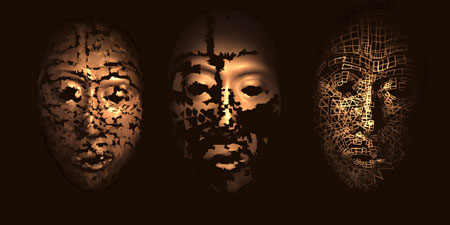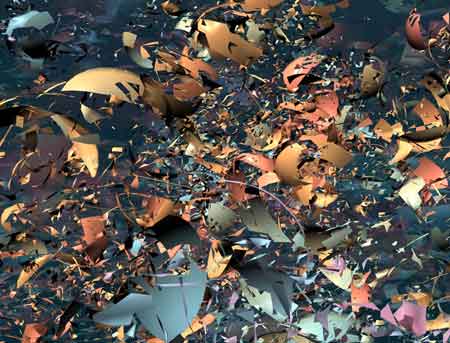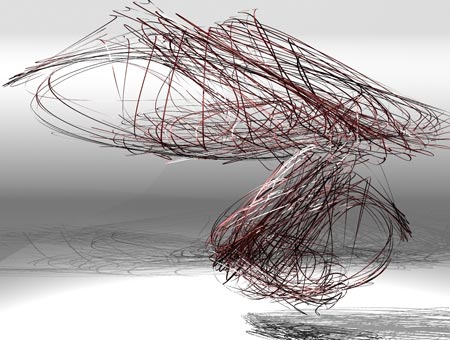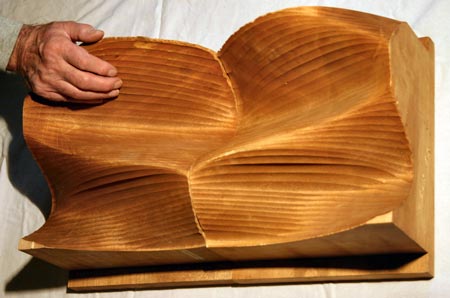I usually don’t like the straight edges of polygons. They feel too mechanical. I use a simple edge enhancement program called Crack to modify edges. It introduces extra polygons distorting the straight edge. The extra polygons are scaled and they can be made to grow or shrink. This image could represent what’s happening to my face over time. It’s a mess. Each year I have a more difficult time recognizing myself in the mirror.
Categories
- Animation (5)
- Computer Graphics History (5)
- Digital Art (31)
- Technique (25)
Archives





